Tucked away in the Ozark Mountains, Fayetteville boasts natural treasures that often go unnoticed by visitors who are focused solely on the city’s urban amenities. The rolling hills and limestone valleys surrounding this college town create perfect conditions for outdoor exploration year-round, while seasonal changes transform familiar landscapes into entirely new experiences.
Local conservation efforts have preserved remarkable wilderness areas mere minutes from downtown – a rarity in today’s rapidly developing mid-South. The combination of accessible trails, pristine waterways, and protected habitats makes Fayetteville an outdoor enthusiast’s paradise without the crowds found in more publicized destinations.
Here’s a list of 16 ways to immerse yourself in Fayetteville’s natural splendor – from gentle garden strolls to heart-pumping mountain adventures that’ll make you forget your phone exists.
Devil’s Den State Park
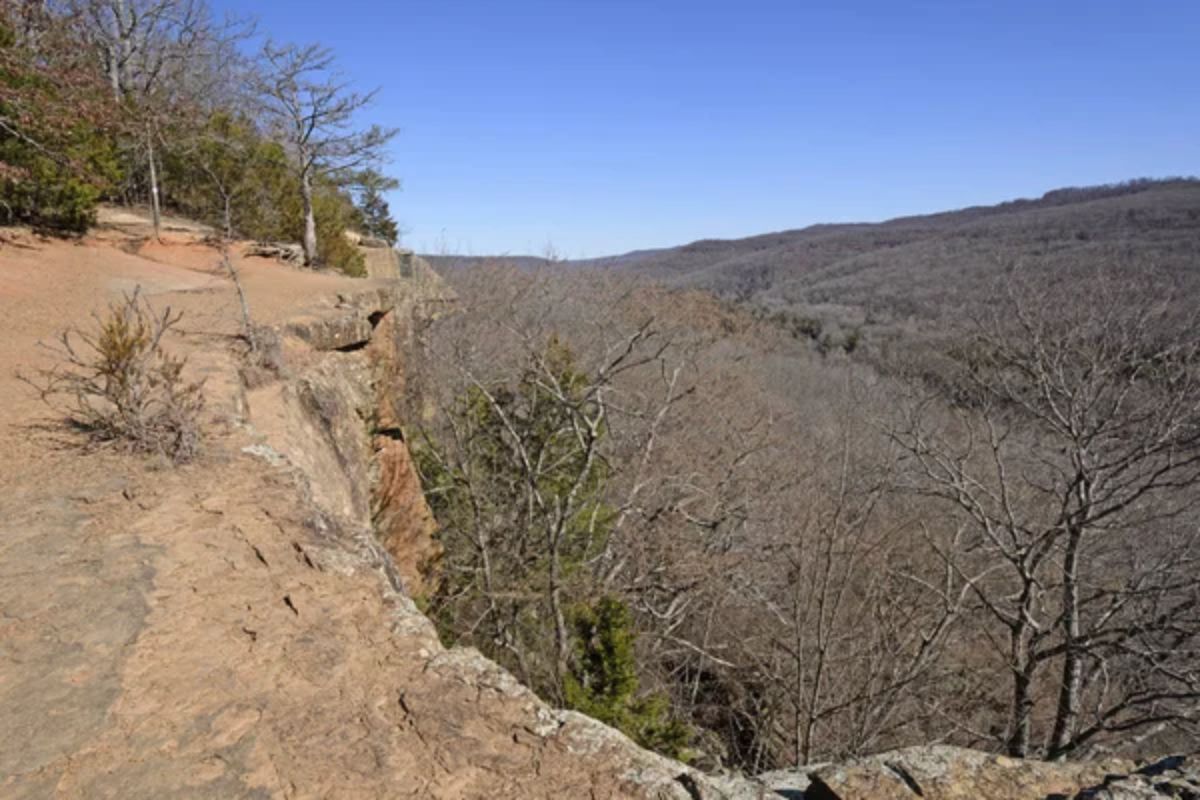
Just southwest of town, this Depression-era wonder showcases dramatic sandstone bluffs that seem transported from much older mountain ranges. Yellow Rock Trail climbs through dense hardwoods before revealing a sweeping vista where hawks ride thermals rising from the valley below.
The park’s caves and crevices – formed through centuries of water-eroding ancient seabeds – maintain near-constant temperatures, creating refreshing summer retreats. During autumn, the drive to the park alone justifies the trip, as maple-hickory forests paint the mountainsides in warm hues you’d swear were Photoshopped if you weren’t seeing them firsthand.
Lake Wedington Recreation Area
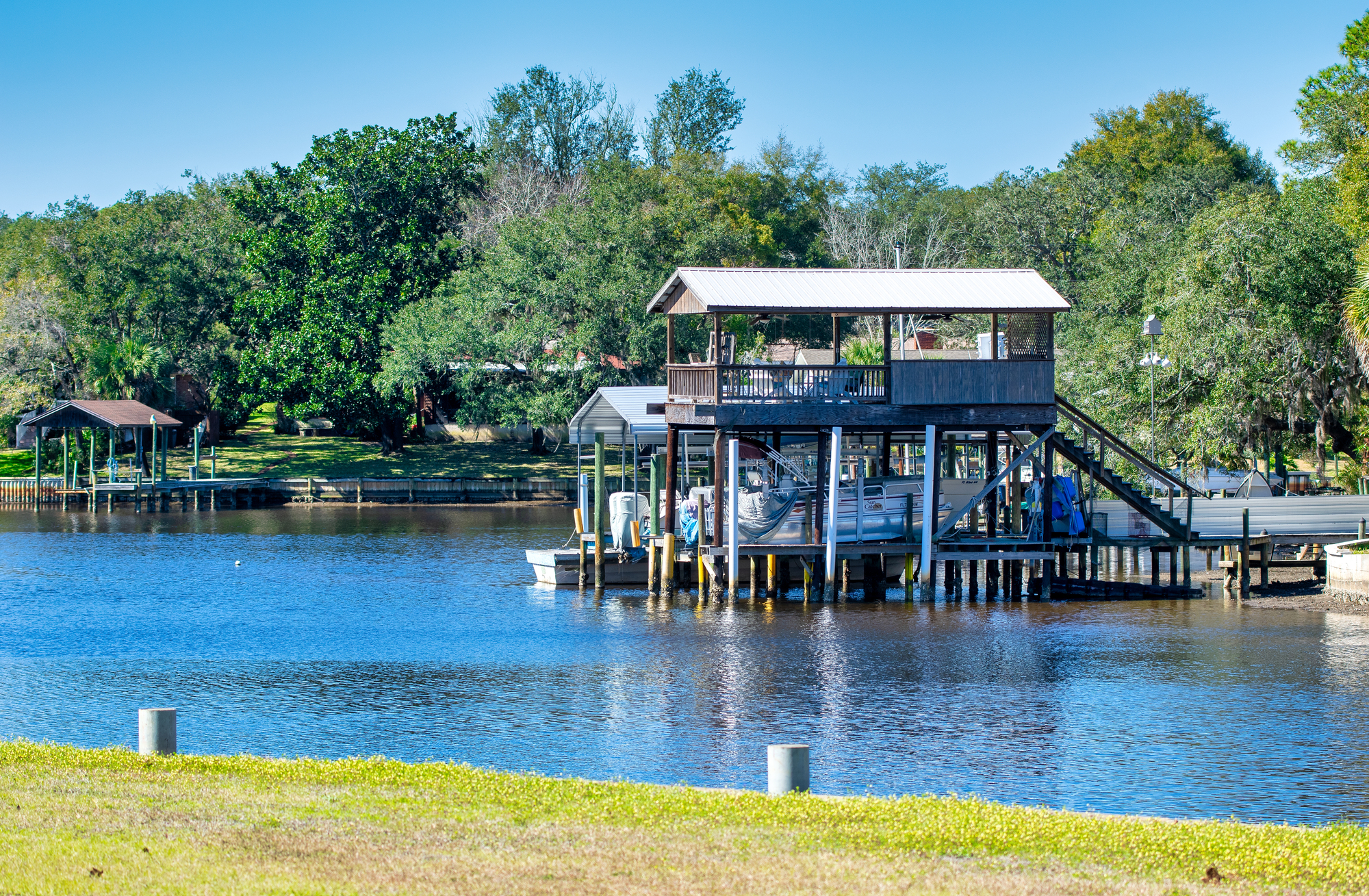
This overlooked gem hides just 15 miles west of downtown, yet somehow remains off most tourists’ radar. Morning fog frequently shrouds the 102-acre lake, creating otherworldly scenes as fishermen’s boats emerge like ghosts from the mist.
The surrounding mixed forest harbors surprising wildlife diversity – from barred owls calling at dusk to occasional river otters playing along secluded shorelines. The stone picnic pavilions, built by the CCC in the 1930s, tell silent stories of previous generations seeking the same natural respite modern visitors still discover here.
Like Travel Pug’s content? Follow us on MSN.
Botanical Garden of the Ozarks

Unlike formal European-style gardens, this horticultural sanctuary emphasizes native ecosystems alongside thoughtfully curated international collections. The butterfly haven – rather than featuring exotic species – highlights the remarkable diversity of native pollinators essential to Ozark ecology.
Children instinctively slow their pace here, drawn to discover tiny worlds hiding within carefully designed plantings that change dramatically with the seasons. On summer evenings, the gardens host twilight concerts where music mingles with fragrant blooms and lightning bugs rising from meadow grasses – an experience impossible to capture on Instagram yet unforgettable for those present.
Razorback Regional Greenway
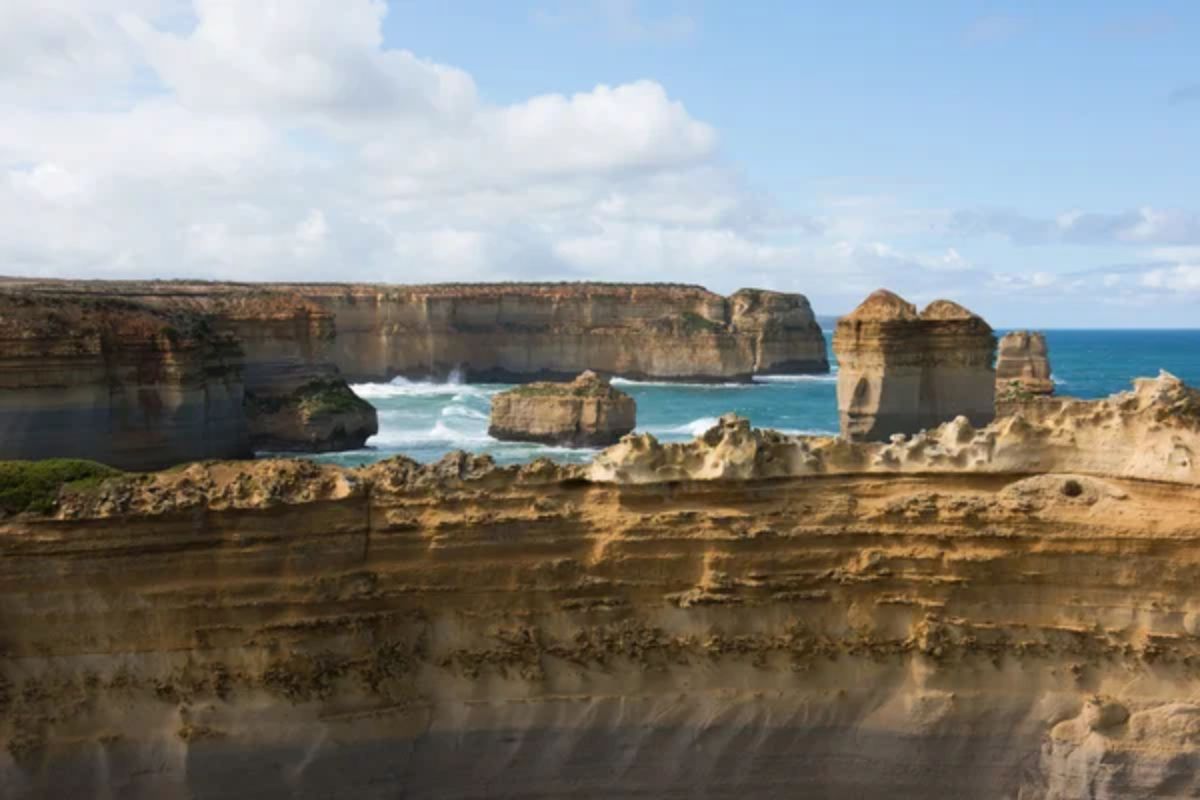
This 36-mile ribbon connects seemingly disparate natural areas into a cohesive corridor that wildlife and humans share equally. Cyclists pedaling through the Lake Fayetteville section often spot great blue herons hunting in shallow waters just feet from the path.
The trail’s northern reaches follow Osage Creek, where limestone shelves create natural water features that sound remarkably similar regardless of whether you call them waterfalls or rapids. Old railway cuts reveal geological time in exposed rock layers – subtle reminders that these hills witnessed countless seasons before human eyes ever appreciated their beauty.
Lake Fayetteville
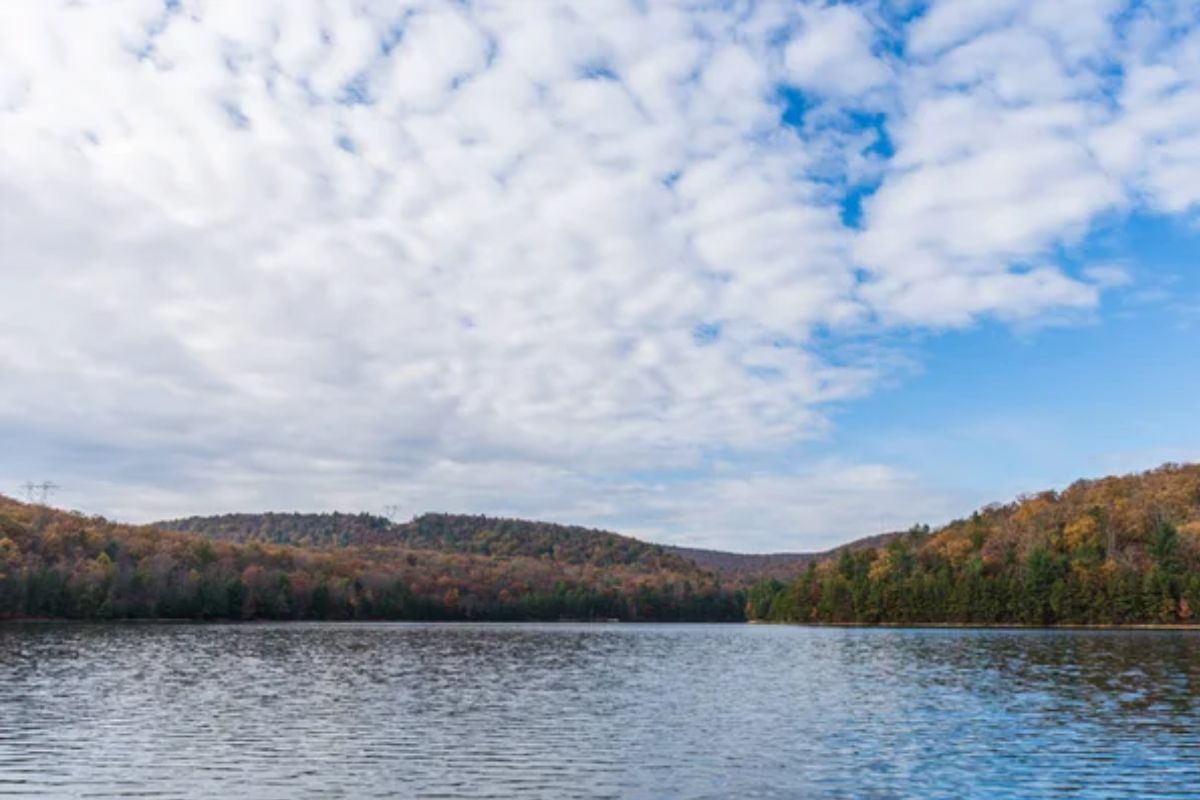
Despite its proximity to shopping centers, this 194-acre reservoir manages to host surprisingly remote-feeling experiences along its eastern shore. Early mornings belong to serious anglers and wildlife photographers capturing images of deer drinking cautiously at the water’s edge.
Kayakers who venture into the lake’s northern fingers discover wetland ecosystems where dragonflies hover above lily pads and occasionally splash down to deposit eggs. The Veterans Memorial overlooking the water offers one of Fayetteville’s most contemplative sunset viewing locations – especially in winter months when bare trees reveal the full lake panorama.
Like Travel Pug’s content? Follow us on MSN.
Wilson Park
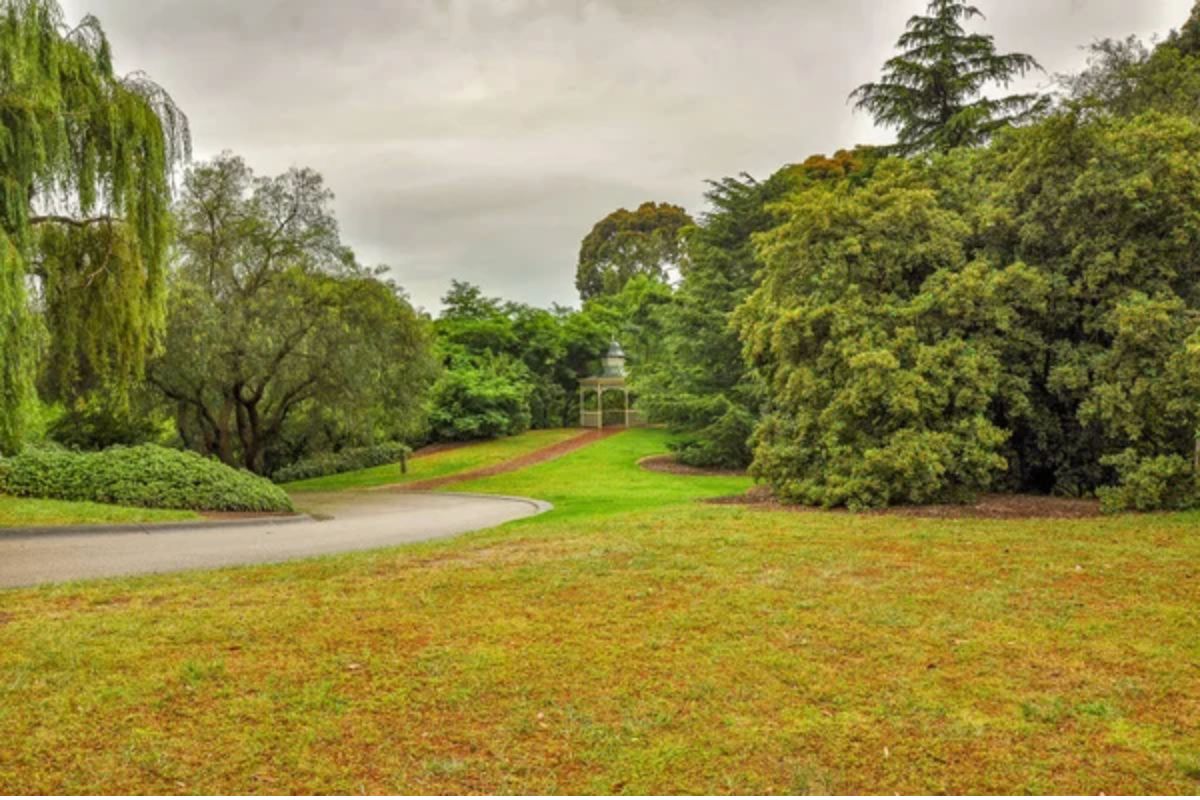
This neighborhood green space defies typical city park classifications through its dedication to retaining natural character amidst recreational amenities. The castle-themed playground brings children, yet mature trees throughout the grounds host impressive numbers of migratory songbirds each spring.
The meandering creek – though modest – creates critical habitat connections to larger natural areas while providing endless fascination for young explorers armed with nets and curiosity. The park’s summer farmers market connects visitors directly with local producers, whose knowledge of regional growing conditions reflects generations of Ozark agricultural wisdom.
Mount Sequoyah Woods

Local conservationists fought development pressure for decades to preserve this 67-acre urban forest that predates European settlement. Unmarked trails wind beneath ancient white oaks, where understory plants – including rare native orchids – thrive in microhabitats created by the forest’s natural aging cycle.
The property’s elevation changes create distinct ecological zones within short distances, from dry ridgetops to moist ravines where ferns carpet the forest floor. During winter, the deciduous canopy opens to reveal views across town that help visitors orient themselves within the larger landscape – a reminder of how the city nestles within nature rather than displacing it.
Kessler Mountain Regional Park
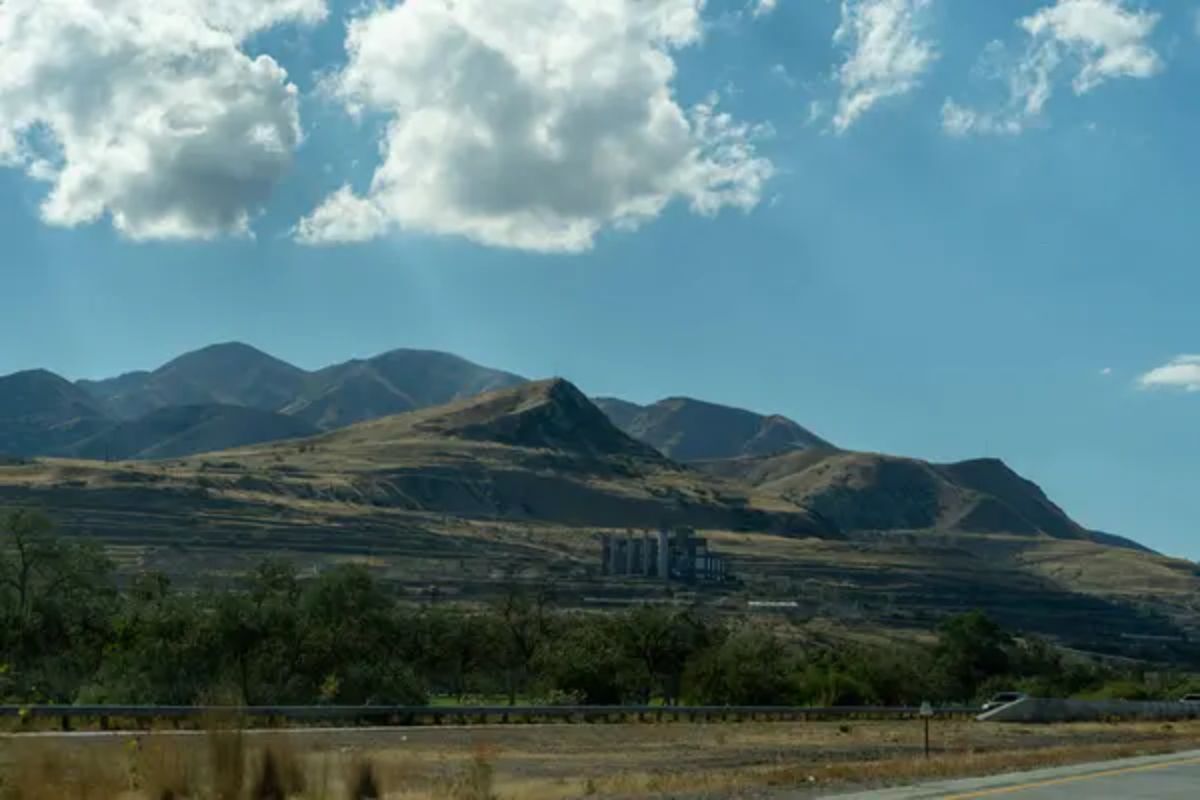
This recently protected mountainside challenges the notion that serious wilderness experiences require distant travel. Rock outcroppings throughout the preserve – reminiscent of scenes from Ozark-based films – provide perfect rest stops with views stretching to the Boston Mountains.
The trail system ranges from accessible loops to technical paths where mountain bikers test skills against terrain shaped by millions of years of erosion. Evening hikers sometimes encounter white-tailed deer so accustomed to human presence that they barely pause their browsing as people pass – creating wildlife viewing opportunities typically associated with more remote parks.
Like Travel Pug’s content? Follow us on MSN.
Mulberry Mountain

About an hour east, this adventure destination combines natural immersion with enough creature comforts to satisfy less hardcore outdoor enthusiasts. UTV rentals access remote ridgelines where panoramic views reveal the true scale of the surrounding Ozark National Forest.
Seasonal waterfalls – some requiring short bushwhacks to reach – reward explorers with cooling mist and thundering sounds that drown out any lingering thoughts of work deadlines or social media updates. The area hosts occasional music festivals that, despite temporary crowds, introduce many first-time visitors to Arkansas’ outdoor experiences they later return to seek in quieter moments.
Beaver Lake
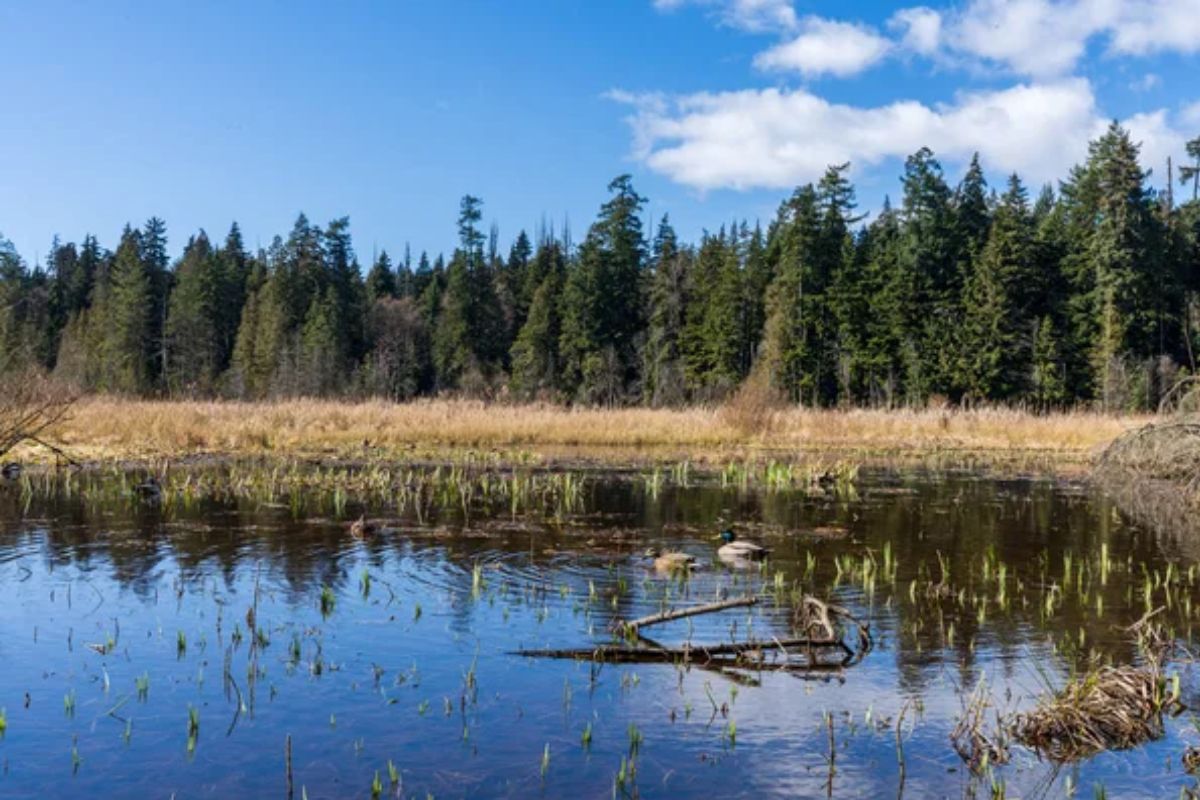
This massive reservoir’s irregular shoreline creates endless exploration possibilities for paddlers seeking solitude among limestone bluffs. Eagle watching reaches its peak during winter months, when migrating birds join resident pairs hunting along relatively undeveloped shorelines.
The lake’s remarkable water clarity – especially in northern sections – allows glimpses of submerged forest remnants from the valley’s pre-dam days. Numerous public access points mean even spontaneous visits yield satisfying nature connections without elaborate planning or specialized equipment.
Ozark Highlands Trail
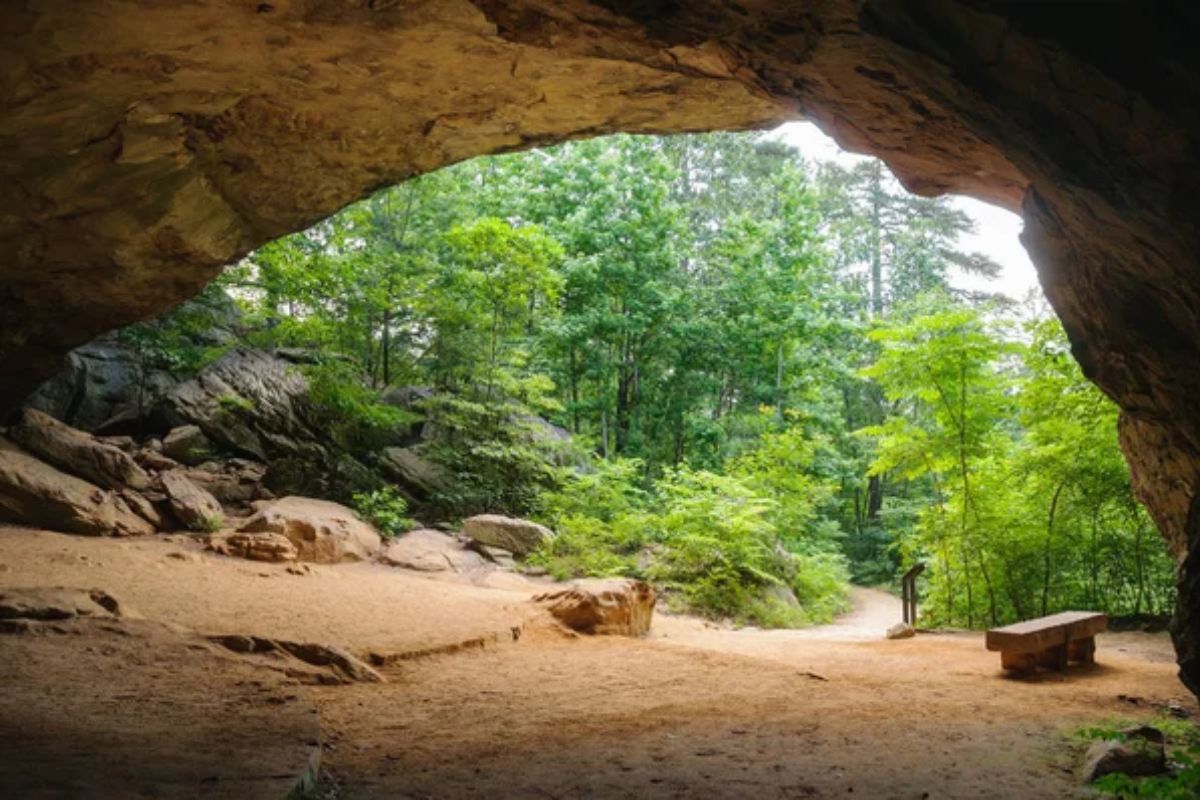
Serious hikers gain bragging rights by tackling segments of this epic trail that rival better-known long-distance routes in the diversity of terrain and solitude. The trail frequently follows ridgelines offering views that extend uninterrupted by human structures – increasingly rare experiences in the modern South.
Spring brings ephemeral wildflower displays, adaptively timed to capture sunlight before the forest canopy leafs out fully. Backcountry camping along the route connects modern visitors with the profound darkness and silence that defined human experience for millennia before artificial lighting and constant connectivity.
Like Travel Pug’s content? Follow us on MSN.
Buffalo National River
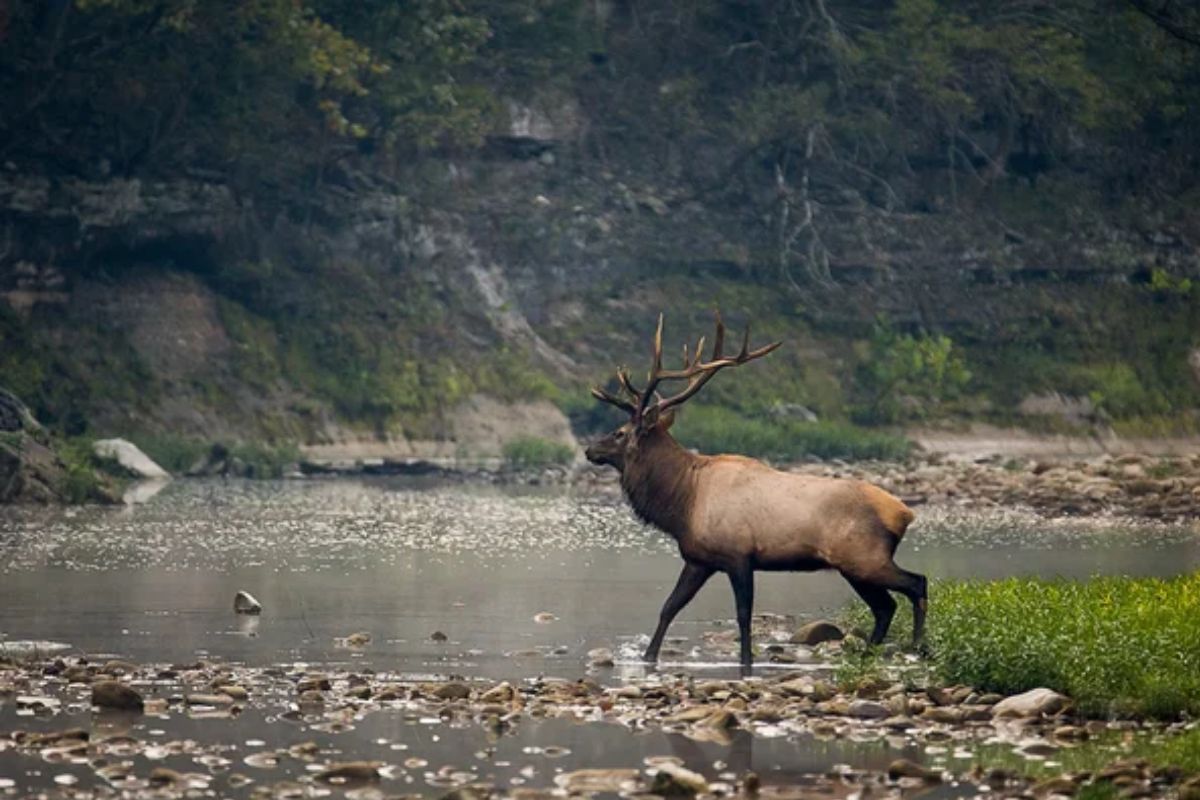
America’s first nationally protected river flows freely just a short drive from Fayetteville, preserving a watershed remarkably unchanged since pioneer days. Massive limestone bluffs – some reaching heights exceeding 500 feet – create one of mid-America’s most dramatic landscapes, often compared to western canyons.
Seasonal floating conditions range from technical whitewater during spring rains to gentle summer paddling, perfect for spotting river otters and countless turtles sunning on logs. The river’s middle sections feature swimming pools with water so clear that snorkeling reveals underwater ecosystems as fascinating as the terrestrial environments above.
Hobbs State Park-Conservation Area

These 12,000 protected acres represent Arkansas’s most significant commitment to preserving wild Ozark landscapes for future generations. The diverse trail system ranges from ADA-accessible paths to remote multi-day backpacking routes where solitude comes standard.
Karst geology creates unusual features throughout the park – from disappearing streams to sudden sinkholes, revealing the complex underground drainage system has defined Ozark hydrology. The visitor center merges educational displays with hands-on conservation activities, making natural science accessible regardless of previous outdoor experience levels.
White Rock Mountain

The signature stone shelters atop this remote mountain stand as testaments to Depression-era craftsmanship and foresight in preserving public access to remarkable vistas. Sunrises here transform valleys into misty cauldrons where fog shifts and swirls until burned away by strengthening light.
The mountain’s relatively high elevation creates habitat for plant communities typically found farther north – botanical treasures for observant hikers exploring less-traveled paths off the main loop trail. Winter occasionally brings snow accumulations rare elsewhere in the region, transforming familiar landscapes into momentarily alpine environments worth the challenging drive up.
Like Travel Pug’s content? Follow us on MSN.
Lake Leatherwood
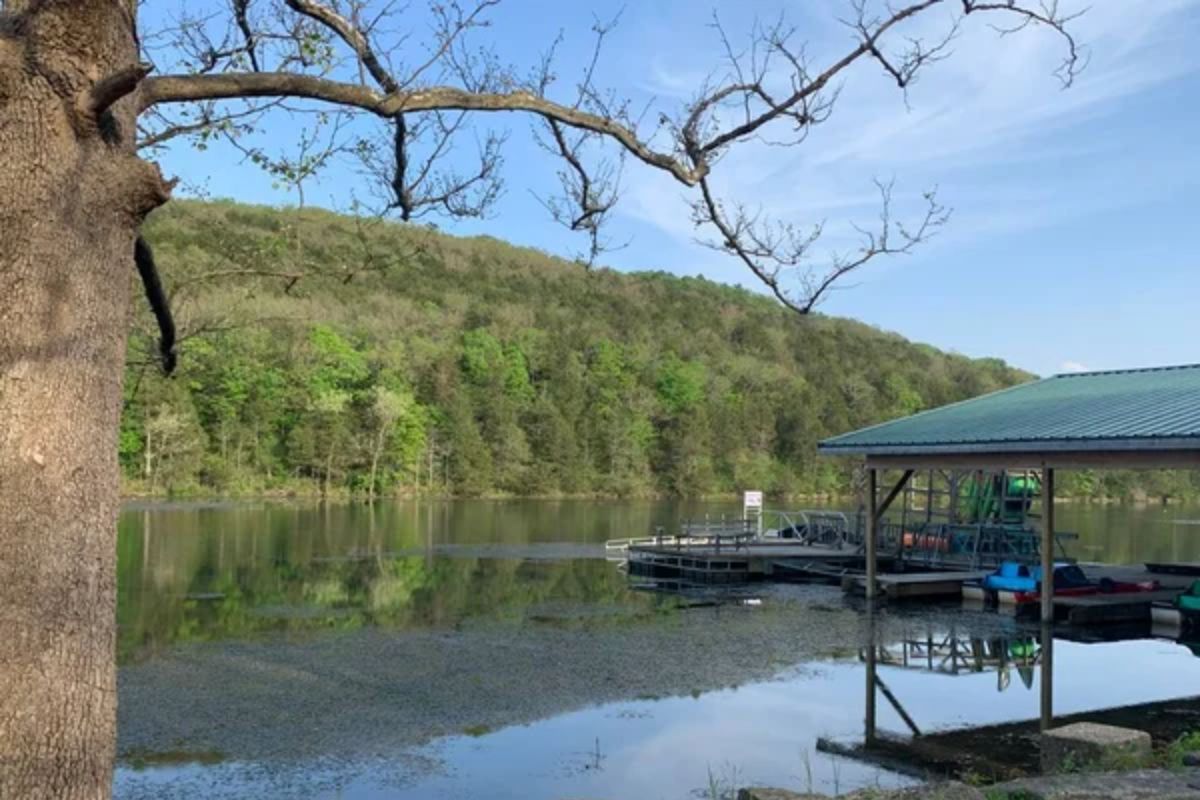
This 1,600-acre Eureka Springs park showcases what visionary local conservation can accomplish when given decades to mature. The Depression-era dam that created the lake used locally quarried stone placed with remarkable precision – functioning perfectly today without modern materials or methods.
Mountain biking enthusiasts describe the surrounding trail network in reverent tones normally reserved for legendary western destinations like Moab or Sedona. Quiet paddlers exploring the lake’s edges sometimes surprise beavers working on lodges – their ancient engineering complementing the human-built dam that created their habitat.
Pea Ridge National Military Park

Beyond preserving crucial Civil War history, this park protects nearly 4,300 acres of diverse ecosystems increasingly rare elsewhere in the region. The restored tallgrass prairie sections – with grasses reaching heights exceeding six feet by late summer – offer glimpses of the landscape encountered by earliest European explorers.
Horse trails through remote sections of the park access wooded ravines where crystal-clear springs emerge from hillsides through processes unchanged for millennia. The park’s carefully prescribed burning program demonstrates how controlled fire rejuvenates native ecosystems – educational opportunities disguised as stunning visual displays when fresh green growth emerges from the blackened ground.
The Natural Heritage of Northwest Arkansas
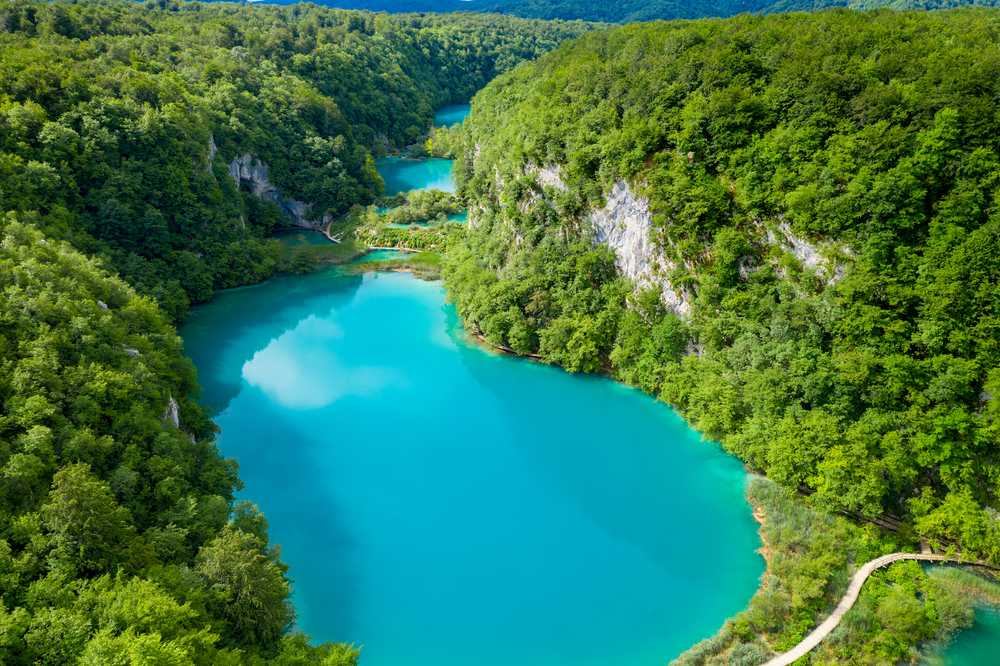
Fayetteville’s natural spaces represent more than recreational outlets – they embody a regional identity forged through centuries of human interaction with remarkably resilient landscapes. The preserved areas highlighted above exist thanks to previous generations who recognized that Ozark natural beauty deserves protection amid inevitable development.
Each visit to these special places deepens connections not just to the land itself but to the ongoing community effort to maintain these irreplaceable resources. The natural heritage of Northwest Arkansas continues evolving through each season, offering endless opportunities to disconnect from digital demands while reconnecting with the fundamental rhythms that truly sustain us.
Like Travel Pug’s content? Follow us on MSN.
More from Travel Pug

- Cities Growing so Fast You Won’t Recognize Them in 10 Years
- 13 Destinations Where Tourists Regularly Regret Their Trip
- 16 U.S. Cities That Are Quietly Becoming Travel Hotspots
- Where to Travel If You Love Long Bus Rides and Daydreams
- 20 Cities Perfect for Solo Travelers Who Crave Adventure & Culture
Like Travel Pug’s content? Follow us on MSN.
